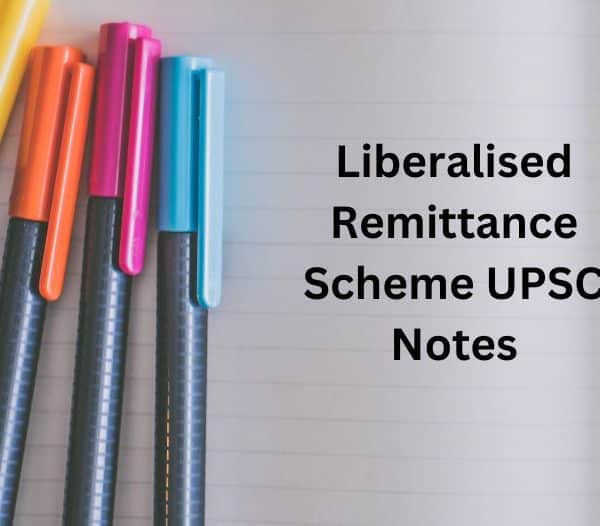In response to every climbing growth of the active cases of COVID 19 in the city of Mumbai, the executive officials of the state decided to impose Section 144 of the Code of Criminal Procedure to restrict the movement of the citizens in the city. Maharashtra has recorded 11,45,840 cases of COVID which is the highest statistical number recorded in the country and continues to climb up within the minute. This led to the probationary order which disengaged public group gatherings legally.
Previously, due to the Citizenship Amendment Act, throughout the nation, many protests were going on against these and news were coming from different parts of the nation showing that the government is imposing section 144 to curb the protests.
Now the question is, what is section 144? What are the issues related to it? What are the circumstances for section 144 imposing? Let’s check it out all that is important about Section 144 for UPSC IAS exam.
What is Section 144?
In 1973, Section 144 of CRPC came into effect. It empowers the executive magistrates and police officers the right to issue urgent orders to eradicate nuisance or stop the expected danger which in emergency situations.
This is used for prohibiting gathering of four or more than four individuals or for blocking SMS, voice or internet connection in any geographical areas by making orders to telecommunication companies.
In order to issue an order for preventing or addressing urgent cases of nuisance or danger, section 144 in India can empower a sub-divisional magistrate, district magistrate or executive magistrate. These orders can be directed against an individual/ persons living in a certain area or place/ general public from vising a certain are or place.
Also Read : Right Age to Start IAS Preparation: Here’s How to Plan According to Your Age?
144 Section Rules
- Section 144 puts restriction on carrying any type of weapon in the locality where it has already been imposed. People violating this can be punished for three years.
- Movement of public, any public meeting, educational institutes, rallies etc, all these are banned during the period of this order. The maximum time this order can stay in effect is up to two months and can be extended up to six months by the state government.
- The main reason behind imposing section 144 is to maintain peace in the particular are by prohibiting activities or actions which are otherwise allowed in regular life.
The main misconception that people have regarding section 144 is that they think that this and curfew are same, but in reality, there are differences between these two. While under section 144, a gathering of four or more people in particular areas gets prohibited, curfew doesn’t allow people to come out of their houses till the time it goes on.
Issues with Section 144
- The provision is too broad.
- This gives absolute power to the magistrate that can be used in an unjustifiable way.
- Revision application to the magistrate him/ herself is the only immediate remedy against this order.
- If an individual’s fundamental rights are at stake, he/ she can file a write petition and approach the High Court.
- There is still a fear of the rights been infringed before the intervention of the High Court.
Section 144 Imposing in Mumbai
Due to the never-ending rise of COVID cases in Maharashtra as the global pandemic continues to take lives, the state officials decided of imposing section 144 to ensure a city-wide lock in Mumbai, India. This decision coming from the state officials created a panic amongst the citizens as not all could understand the importance of such using such a method.
To clear the confusion and panic, the state officials made it clear that this lock is just an extension to the already existing lockdown applicable to the whole nation due to COVID-19. This order is issued to encourage its citizens for staying at home and not to venture out excluding emergency situations such as essential activities, the supply of essential goods and seeking medical help.
Conclusion
To conclude, sec 144 has been imposed a lot of time in the past to address emergency dangers that could lead to riot as it is a proven tool to deal with emergency situations. However, this tool has some disadvantages which reduce its efficiency but still, it is widely used by the government.
Hopefully, this article will help you understand the basic things about this order which will definitely help you prepare better for the coming UPSC IAS exam. Best of luck!
Also Read : WBCS 2020 Prelims Cut Off: 16th September Prelims Result & Important Dates Declared






